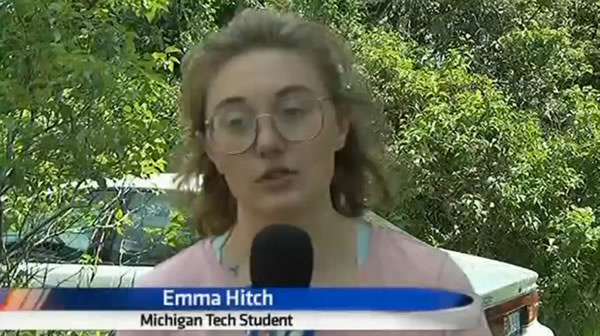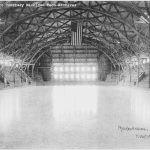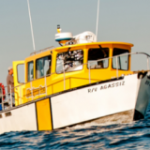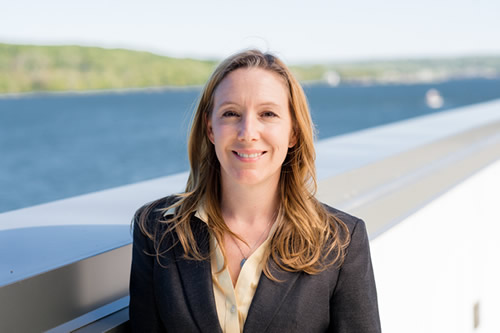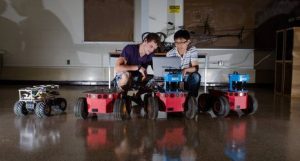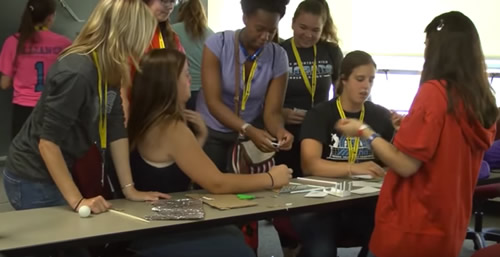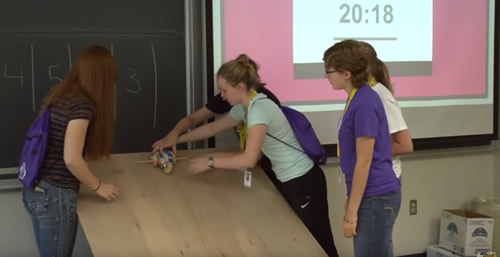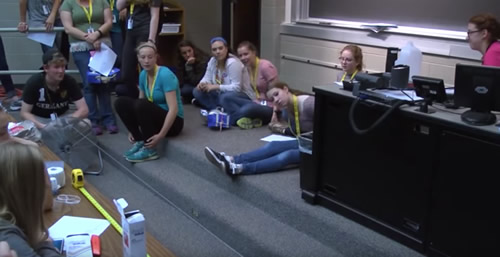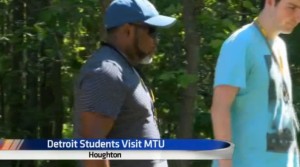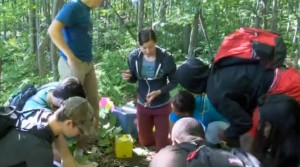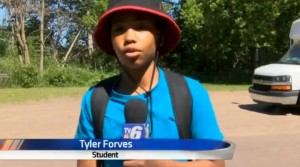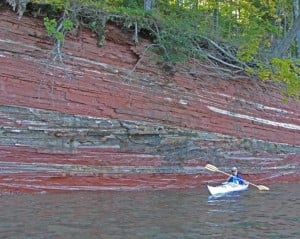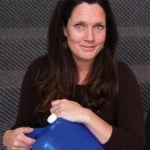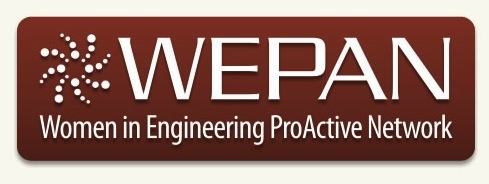 Michigan Tech’s efforts to increase the numbers and diversity of women in engineering have been recognized by Women in Engineering ProActive Network (WEPAN), a national network of women engineers, engineering educators, universities, corporations and non-profits who are working together to develop a diverse and innovative engineering workforce.
Michigan Tech’s efforts to increase the numbers and diversity of women in engineering have been recognized by Women in Engineering ProActive Network (WEPAN), a national network of women engineers, engineering educators, universities, corporations and non-profits who are working together to develop a diverse and innovative engineering workforce.
Michigan Tech’s Department of Mechanical Engineering-Engineering Mechanics received the WEPAN President’s Award for what the organization described as “outstanding accomplishments” in the National Science Foundation-funded engineering diversity initiative, TECAID (Transforming Engineering Culture to Advance Inclusion and Diversity).
In addition, WEPAN recognized the American Society for Engineering Education (ASEE), which won the WEPAN Strategic Partner Award. ASEE was honored for its “Year of Action on Diversity,” a project conceived and designed by the ASEE Diversity Committee, led by Adrienne Minerick and Teri Reed. Minerick is associate dean for research and innovation in the College of Engineering and a professor of chemical engineering at Michigan Tech. Reed is assistant vice president for research at the University of Cincinnati.
“These awards are a testament to the dedication, heart and trailblazing work our faculty and staff are doing to increase knowledge and awareness of the value of diversity and to cultivate environments that are inclusive of all individuals,” said Minerick. “These activities expand and strengthen the perspectives and education of all of our students such that they can engineer to present and future world demands and lead in a complex and changing society.”
President Glenn Mroz called the awards “a real honor for Mechanical Engineering and the entire university. We’ve been clear that it’s the responsibility of everyone at Michigan Tech to serve all students, regardless of gender or race, to have an impact on our world. This national recognition serves as evidence that people are taking that seriously, and it’s being noticed at the highest levels of our professions. The leadership that this team of people has shown is truly inspiring.”

